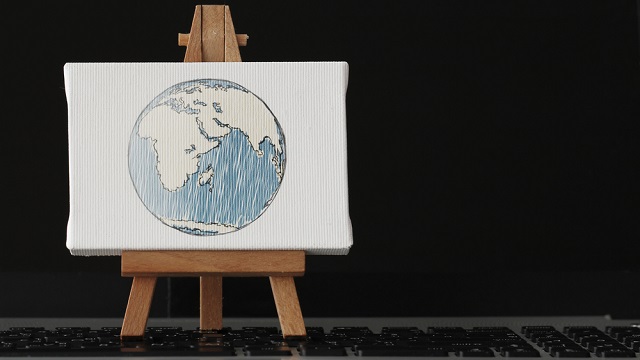
What does the recent exploration of Pluto have to do with your small business? Well, the research and development investment that the United States makes in the name of sending a spacecraft like New Horizons to discover that there’s flowing ice at the heart of the dwarf planet, that often trickles down to technology that can help you out.
Here are the places our extraterrestrial explorations have landed here on earth, with notes on how your business can make the most of the government’s space research and development for your business.
Food
Space food is more than freeze-dried ice cream. If you’re a small business that sells an edible product, you’re likely already reaching for a material first primed for use in space: Shelf-stable, lightweight retort packaging—an alternative to canned goods—has made it possible for goods from small-batch granola to chocolate cookies to last longer on market shelves. The astronauts need food for months, after all.
In addition, the accuracy of quality control tools owes much to the inventions and processes first used for the space-bound—so when you confidently produce your latest batch of beef jerky, an up-and-comer in the growing snack foods market, you owe NASA gratitude for the fact that you know it’ll taste just as mouthwatering as your last lot.
The very latest food innovation to come down? The ability to grow lettuce in space holds the promise for companies developing products for gardens that can be grown beyond rural areas, like in vertical city farms or apartment kitchens.
Medical devices
Small businesses in the healthcare industry have seen astonishing contributions from technology first intended for use in space. Among them you can count the artificial heart pump, monitors that gauge how much oxygen and carbon dioxide is in a patient’s operating room, bioreactors for developing new drugs, and arthroscopic surgery tools, which NASA worked to develop with medical devices engineers at private companies in the 1990s.
Video production
For firms that specialize in video production, editing, or even selling camera equipment, NASA’s stabilization software is certainly a boon for correcting shaky footage. The tools were first developed by the government organization in order to process and analyze the images returned by the Space Shuttle—either to troubleshoot processes that went wrong, or to look more closely at meterological images captured. Now, the stabilization comes in handy for firms that needs to reduce “image jitter, image rotation and image zoom in video sequences,” according to NASA.
Restaurants & Cafes
Cafes like Compass Coffee, in Washington, D.C., have repurposed NASA’s Proportional Integral Derivatives (PID)—originated as a way to automate manual tasks—in order to create and maintain the kind of robust standard operation procedures that let them thrive. For example, the founders use PID “for consistency and precision in roasting” so that every cup of espresso the baristas pull tastes sweet and rich–and the next one does too. Compass also borrows Near Infrared Spectrometer technology from the country’s long list of space innovations in order to measure and moderate the amount of acid and other molecules in each mug.
You may not run a coffee roaster or sell medical devices, but even if you don’t see a space creation here that’s specifically relevant to your business or industry, take heart that your business has still likely been influenced by the atmospheric discoveries made in the name of outer-space research. Energy saving devices like solar panels first came into play because of NASA, as did the technology for GPS and Google Earth, which help customers locate your store. So, earth to NASA: thanks!